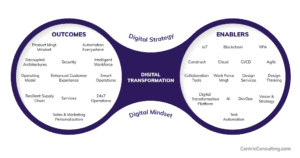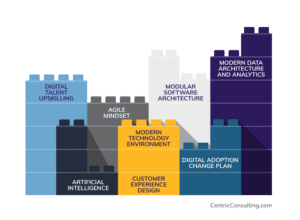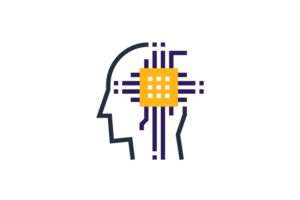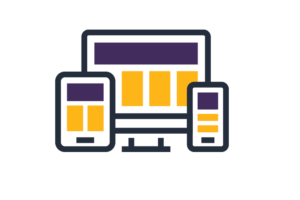Customers and employees expect a more seamless and consumer-friendly way to interact with the companies they do business with.
For many, the gold standard is the ease at which you can transact with Amazon. Becoming more digital internally and externally is increasingly the only path to greater profitability, differentiated offerings, speed to market, and market share.
Companies are grappling with complex questions that suggest a need for digital transformation.
- What is my Uber? What digitally enabled competitor is working to upend my business?
- How do I set clear priorities around “being digital” and optimally deploy capital?
- How do I convince my management team that this is a long journey? And how do I adopt a digital mindset and ensure alignment at all levels of my organization?
- What areas of digital should I focus on (GTM strategy vs. product/service innovation vs. supply chain, etc). Which has the most significant return? Which is the most risky? Which can be accomplished the quickest?
- Should I invest in new digital business opportunities or focus on digitizing my current operating model?
- Can we reimagine and digitize our current business processes and how does our digital platform leverage data insights to evolve our business model?











